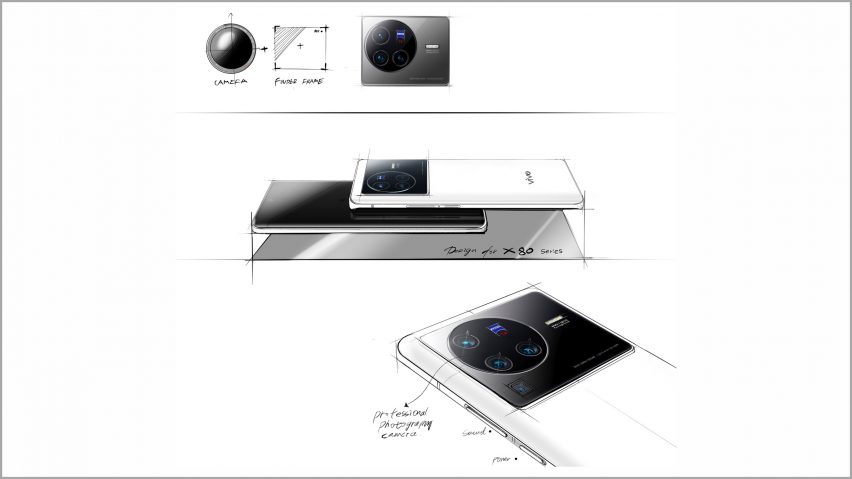
vivo's flagship X series smartphones are designed to "fit human intuition and nature"
Promotion: design changes to smartphones need to be meaningful to users in an "elegant and simple way", according to X series head of industrial design at global technology brand vivo, An Ren.
The X series is vivo's photography flagship smartphone line, which Ren says embodies the global technology brand's human-centric design philosophy. Throughout the series, it has applied continuous subtle changes to "improve user experience across all its smartphone designs".
"Mobile phones are used far beyond just making calls," said Ren. "People easily spend more than five hours on their phones every day, so we must create a phone that feels good for them."
Designing smartphones as "an extension of the human hand"
The brand's X60 series is designed to be elegant and slim with the X60 Pro measuring 7.59 millimetres in thickness.
vivo also built the smartphone to be increasingly user-friendly, allowing for a more comfortable grip with a 3D curved screen design.
With its X70 devices, vivo strived to continue this emphasis on comfort, and the X70 measures 7.55 millimetres in thickness and is designed to "effortlessly rest in the palm of one's hand".
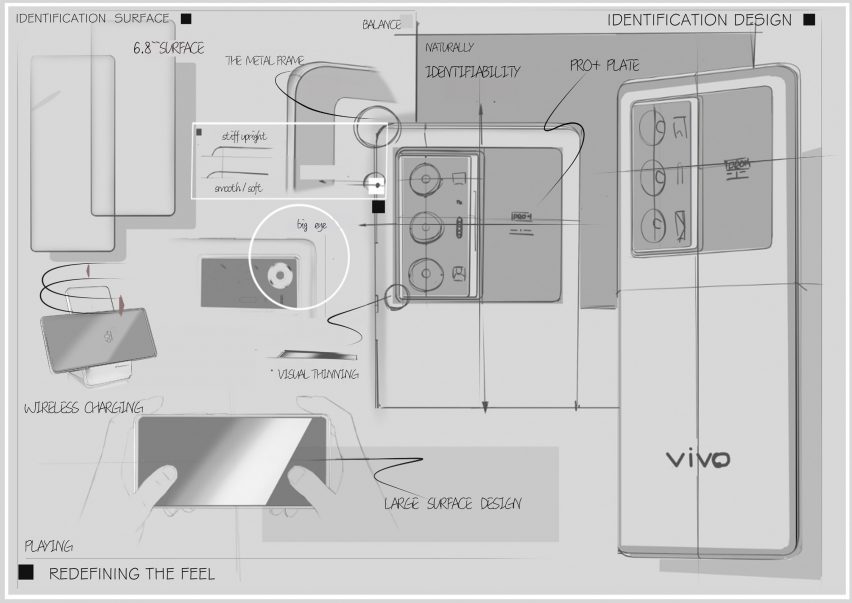
"vivo leverages its design language to enhance the user experience offering comfortable grip, so a light and thin form factor is a vital part of vivo X series' DNA," Ren continued.
"vivo has developed innovative ways to accommodate larger sensors and new camera system components while maintaining the slim signature design of the series."
Designed for simplicity and ease of use
As part of its design philosophy, the brand said that its core aim is to create "design-driven" products. According to Ren, design-driven does not mean "designer-driven" or "user-driven" but instead examines user experiences and needs in different situations.
The technical applications vivo makes to its products are intended for a simple and easy user experience. For example, when filming in a car or walking, videos filmed on smartphones often shake. The brand's addition of a gimbal camera stabilisation system – first used in the X50 – aims to reduce the shakiness and blurriness of handheld footage.
Making unlocking a smartphone easier and quicker is another important part of the user experience, according to vivo as "consumers need to do it a hundred times a day".
To simplify the screen unlocking process, vivo incorporated fingerprint technology in its smartphones in 2016. The X20 smartphone released in 2018 featured the world's first mass-produced fingerprint sensor, according to vivo. The brand's X80 series – the latest series in the X lineup – boasts the first 3D ultrasonic dual fingerprint sensor that accurately identifies users' fingerprints in 0.2 seconds.
Ultrasonic fingerprint sensors work by mapping sound waves reflected by the pressure of fingerprints, which gives a more accurate reading of prints and can help increase the accuracy of fingerprint identification when hands are sweaty or oily. This intends to not only make unlocking quicker, but also easier for consumers under different situations.
According to Ren, every change to improve user experience is a result of "tireless efforts" and every generation of products must go through at least 400 testing models before the final one is selected that's ready for the market.
"The repeated testing is to make sure we deliver the right products that fit human intuition and nature," said Ren.
The "power" of subtle changes
The brand introduced the industry-first "Dual Tone Step" design on its X50 series.
A stepped form was added to the smartphone to house the camera module on the back panel in order to reduce its overall visual thickness.
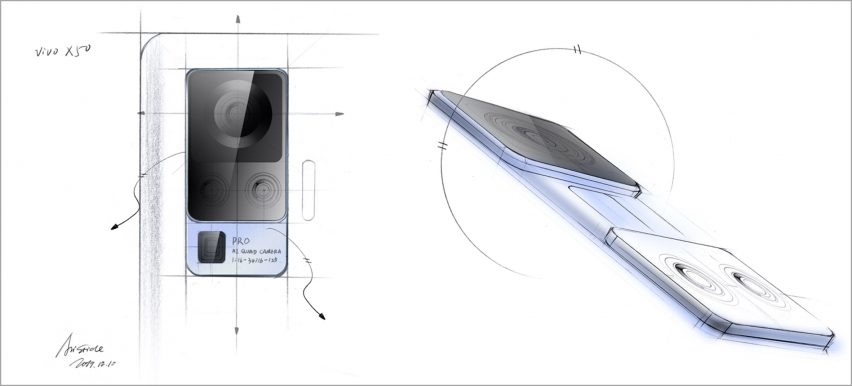
Informed by the design of choker necklaces, the brand introduced a slim strip on the top of its X50 series device, which is now featured on all X series devices.
These simple straight lines serve as a signature design feature, and highlight the positioning of the X series as a "photography flagship".
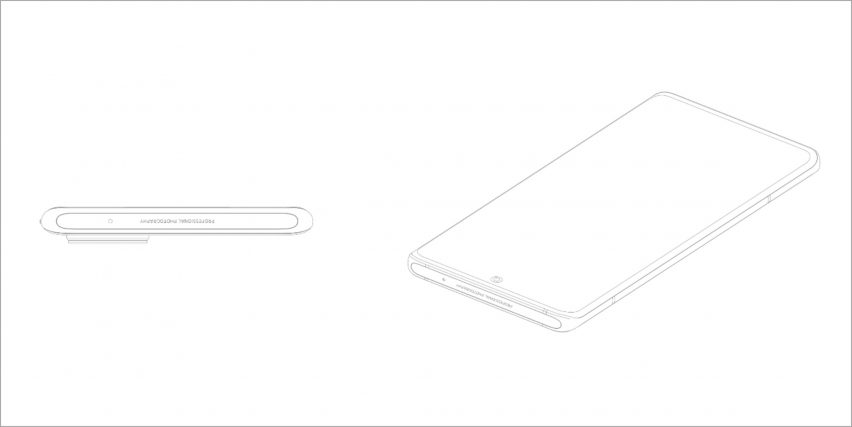
In its design process, vivo says it also considers lifestyle trends as well as the social environment at the time.
For example, the X50 Series was launched at the beginning of the Covid-19 pandemic, so vivo added the colour frost blue in addition to the anti-glare AG crafting technique to create a warm texture and glow out of the X50 smartphone's back panel with the intention of relaxing users during the uncertain time.
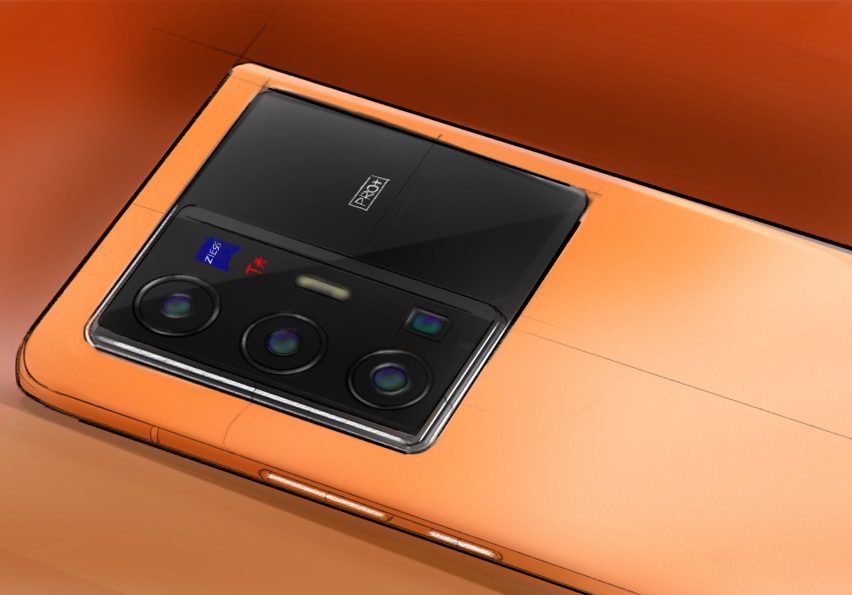
In its design of the X70 series, the brand also incorporated uplifting colours, like a bright orange design as "people have lived with pandemic restrictions for too long, they need something to cheer them up", Ren said.
In its X70 series, vivo revealed a "Stepping Stone" design, which is informed by the landscape feature typically seen in Chinese gardens where stones are usually placed on shallow water, grass, or gravel to form a pathway.
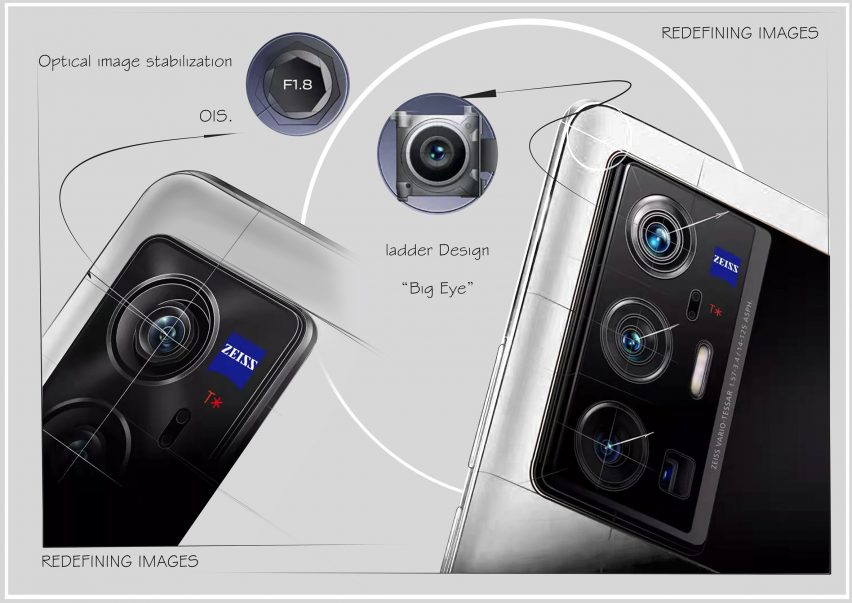
All vivo X series phones have an anti-glare technique applied to their back panels, which creates a frosted glass effect that also removes fingerprints and smudges, an elegant solution to keeping the phone clean.
The back panel on several X series models is made from vegan leather, which is intended to improve the texture of the phone and make it fingerprint-proof. Vegan leather was also chosen as according to vivo it is more durable than animal-derived leather and has been developed to mimic the "litchi pattern" texture seen in leather.
"The design language of the X Series is balance, elegance, and softness," said Ren. "Every generation of products must provide a balanced feeling to the users, a warm and soft shape, and be elegant visually."
To learn more about vivo, visit its website.
Partnership content
This article was written by Dezeen for vivo as part of a partnership. Find out more about Dezeen partnership content here.